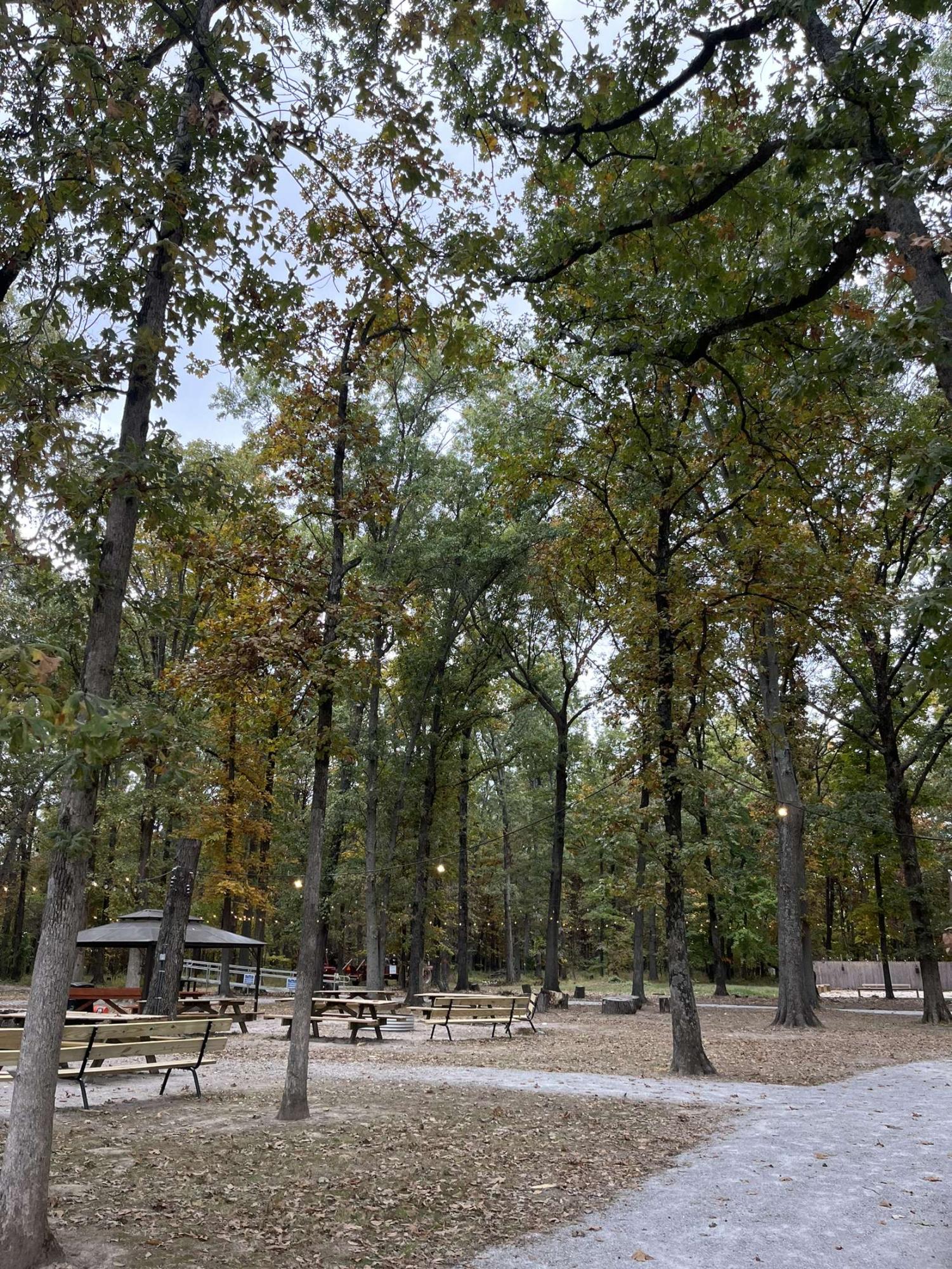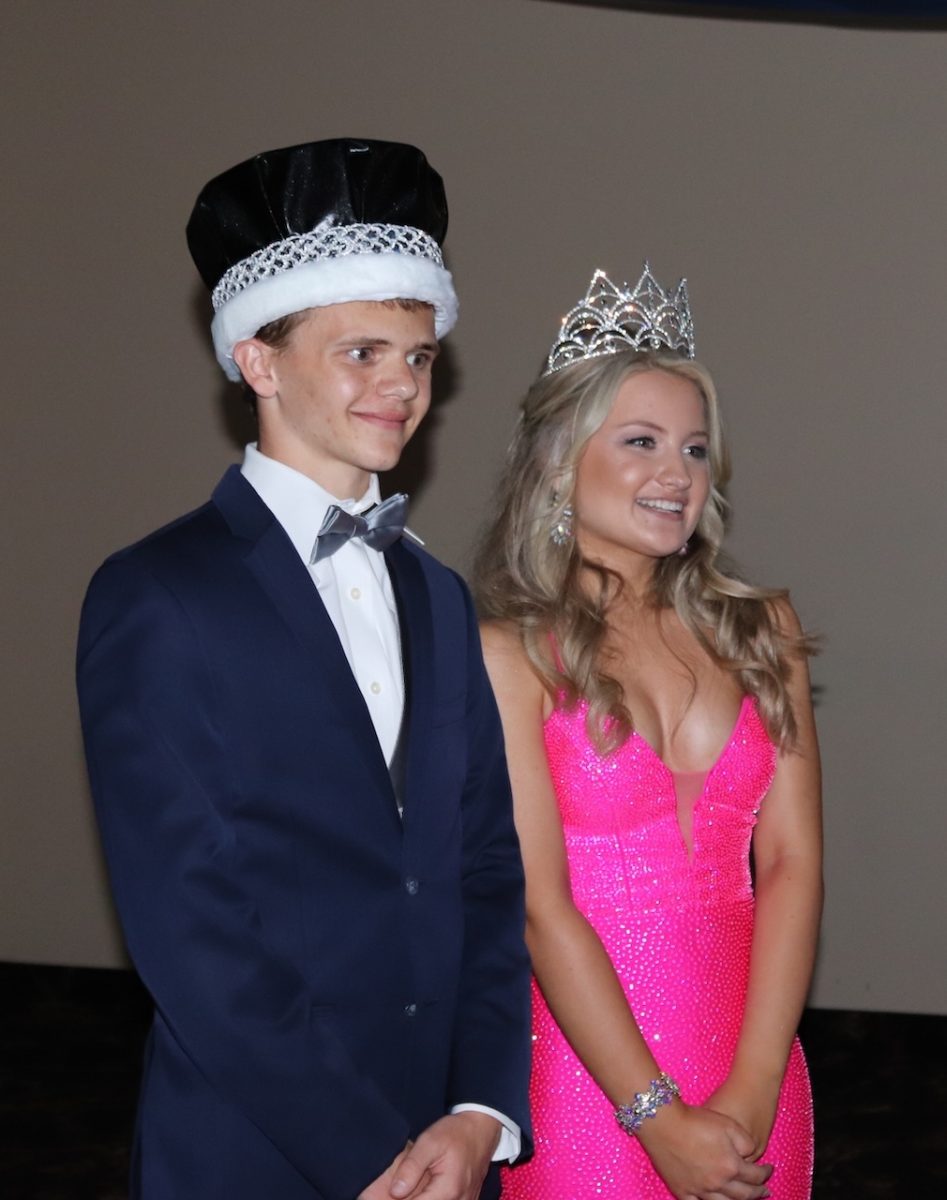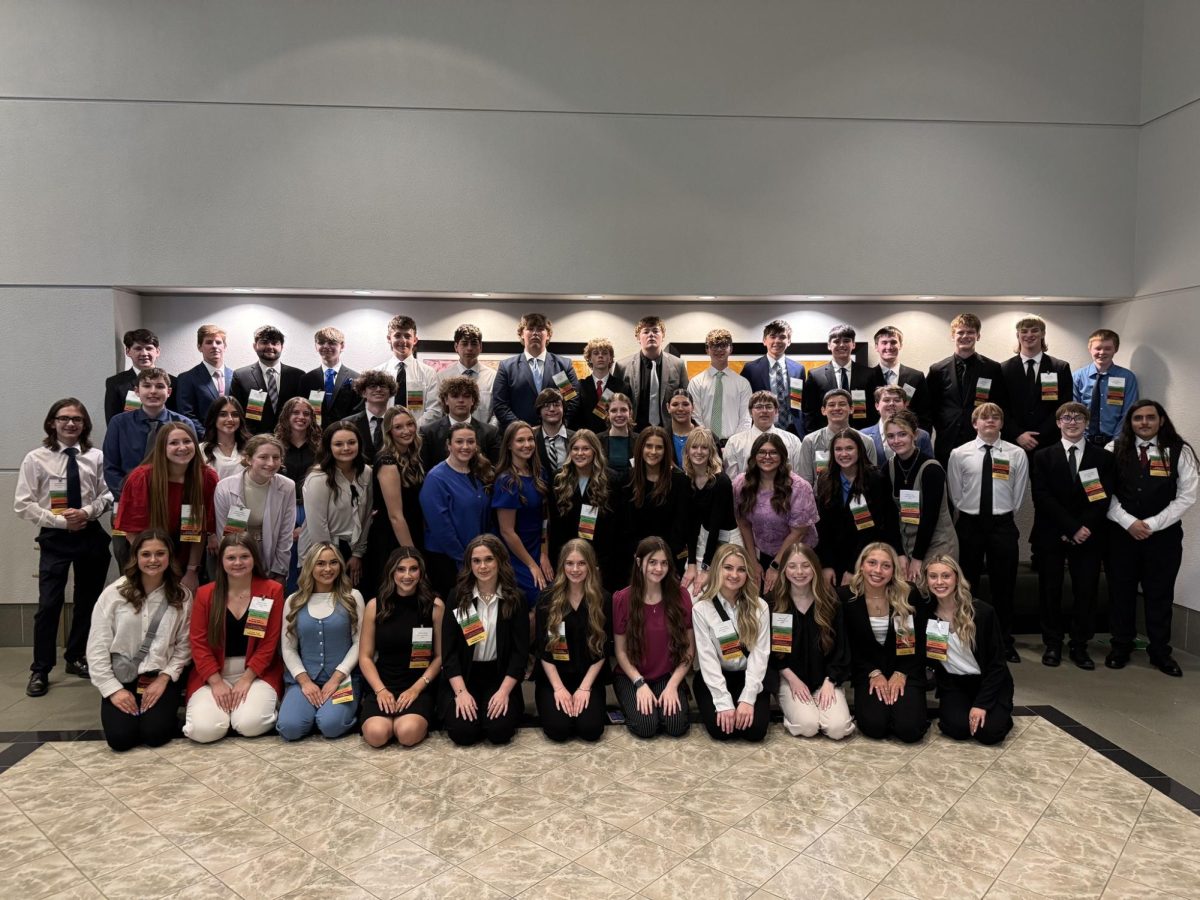Two thousand years ago, in what is now Ireland, a people called the Celts celebrated their New Year’s festival on November 1. The festival was Samhain (sa-when), during which the Celts celebrated the end of summer and the beginning of a dark, chilled season. Because Samhain marked the harvest and the slaughtering of farm animals to save feed, the Celts would feast and hold parties. One tradition still vibrant today is the carving of turnips into demonic-looking faces.
Effigies representing bad fortune were burned to banish them from the new year. During this time, it was believed that the veil between the world of the spirits and the world of the living became thin, and ghouls ran amongst people. As bonfires roared and people wore costumes to confuse the spirits, divination, consulting dead ancestors, feasting in cemeteries, and laying places for the dead at supper were common.
Yet the Celts did not find darkness to be wholly evil. In their folklore, Samhain marked the mating of the Father and Mother Deities, making the day a time of fertility; yet other stories have Samhain marked as a day of mythical murder and death. Because of this association with chaos, it was common for Celtic youth (and future youth, as time would prove) to go out into the night and play pranks.
A common one was disassembling farm equipment and reassembling it inside someone’s home. But soon the Catholic Church held its sway over Europe and their holidays of All Saints’ Day and All Souls’ Day followed today’s Halloween, being on the first and second of November respectively. Therefore, October thirty-first soon became All Hallows’ Eve, and the ancient Celtic associations with spirits stuck in Europe.
So, as Irish immigrants moved to America in the 1840s, they brought with them their ancient traditions, morphing them to become today’s traditions. Here, pranks became a serious problem, and homeowners offered candies or coins to children so that their homes would remain untouched. This was the first example of trick-or-treating in our country.
Therefore, as children around the United States dress in strange garb and pour into the streets, bags agape and hungry for candy, it is wise to remember Samhain as the first ever to resemble today’s holiday.











Ella • Nov 2, 2023 at 2:45 pm
Very nice Caden!!